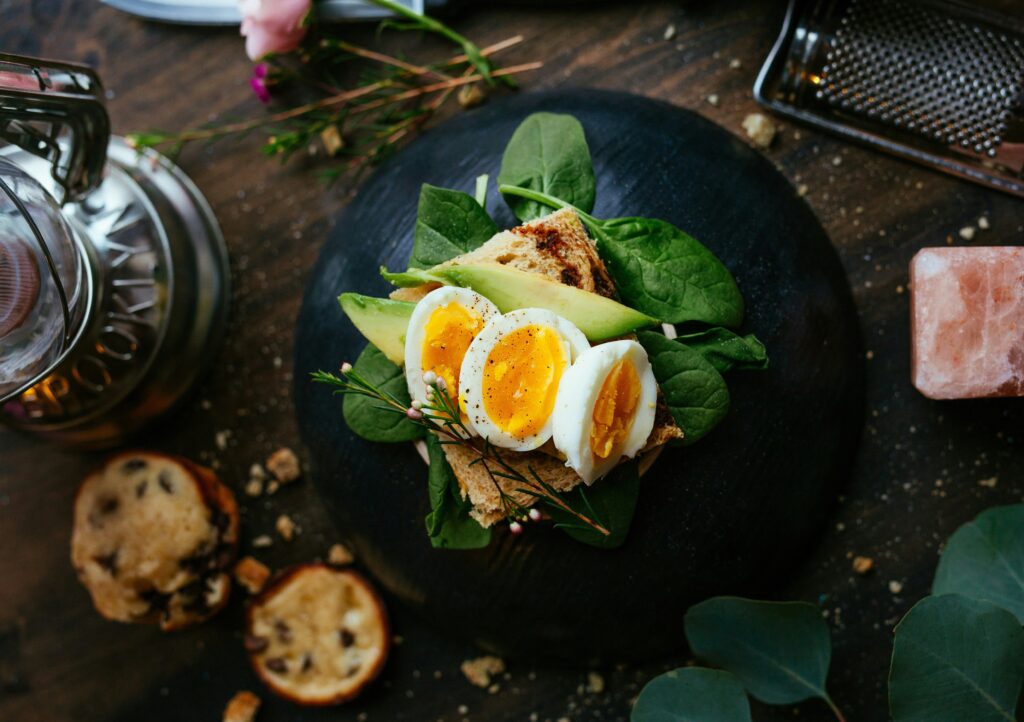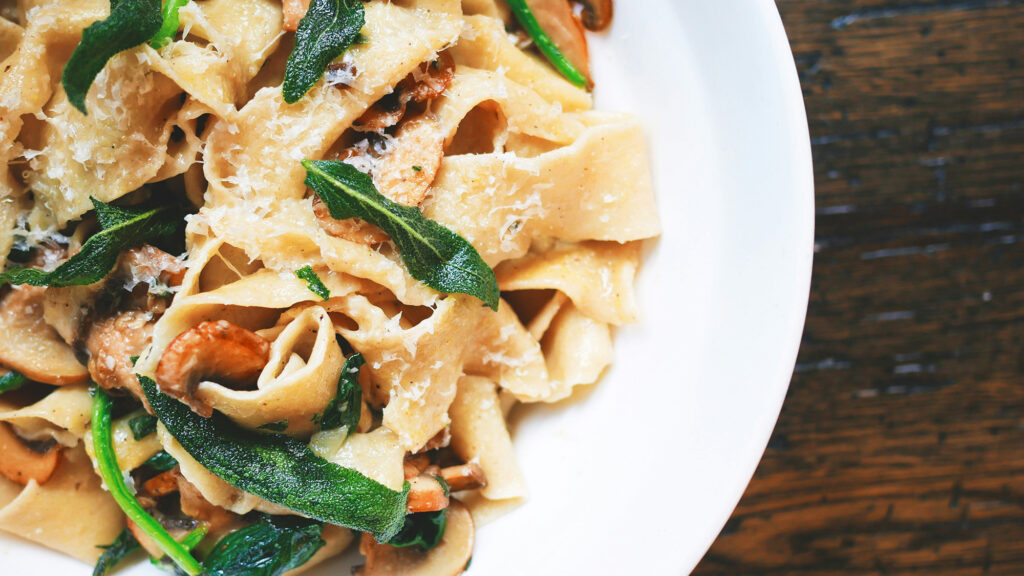Thai green curry is a spicy, flavourful dish with green chilli peppers, garlic, shallots, lemongrass, galangal and shrimp paste. Served with white rice, it is a perfect complement to the spiciness and flavour of Thai green curry. But, eating high-GI foods such as white rice (GI-82) can lead to hyperglycemia due to the body’s rapid glucose absorption from simple carbs. Thai green curry is rich in carbs, leading to a spike in glucose levels.
Optimise Thai green curry and white rice intake
• Consider portion control; try limiting rice intake to 50g per meal.
• Try replacing white rice with low-carbohydrate alternatives like black rice and cauliflower rice.
• You may remove water from the rice and keep it overnight to build starch resistance.
• Add protein to the Thai green curry through chicken, fish or prawns to enhance glucose stability.
High-GI foods like white rice and carbohydrates can cause a rapid spike in blood glucose, leading to insulin resistance, type-2 diabetes, weight gain, and heart disease risk. Foods with a low GI and fewer carbohydrates stabilise glucose levels. So, consider optimising Thai green curry and white rice to make it more nutritious.







